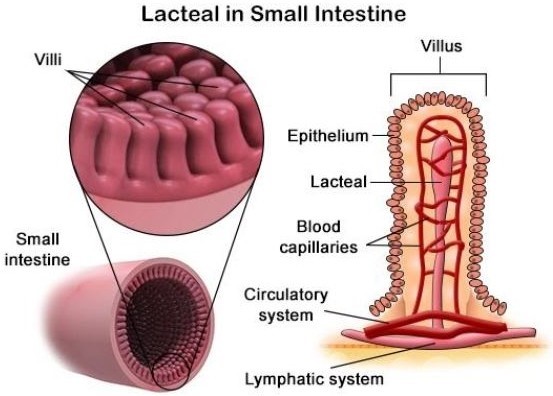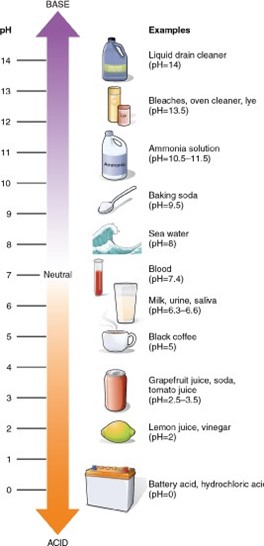Lipids absorbed in the small intestine will first enter which of the following structures?
Veins
Arteries
Lacteal vessels
Interstitial spaces
The Correct Answer is C
Lacteal vessels. Lipids absorbed in the small intestine will first enter lacteal vessels, which are small lymphatic vessels located in the villi of the small intestine. These vessels transport the absorbed lipids to the lymphatic system, where they eventually enter the bloodstream.
a. Veins and b. Arteries are blood vessels that transport blood throughout the body. Lipids absorbed in the small intestine do not directly enter these vessels.
d. Interstitial spaces are spaces between cells and tissues that contain interstitial fluid. Lipids absorbed in the small intestine do not directly enter these spaces.

Nursing Test Bank
Naxlex Comprehensive Predictor Exams
Related Questions
Correct Answer is A
Explanation
The statement that best supports the grant proposal is a. Repeating the published work will provide independent confirmation of the results. Independent confirmation of results is an important part of the scientific process. By repeating an experiment that was recently published by another researcher, the researcher writing the grant proposal can provide additional evidence to support or refute the original findings.
B. Repeating published work with changed variables will extend the previous results, but this is not the main goal of repeating an experiment.
C. Funding this important research will benefit science in the long term is a general statement that does not specifically support the grant proposal to repeat an experiment.
D. Funding this grant proposal will allow this laboratory to continue to study this topic is also a general statement that does not specifically support the grant proposal to repeat an experiment.
Correct Answer is D
Explanation
A substance with a pH of 3 is 10 times more acidic than a substance with a pH of 4. The pH scale is a logarithmic scale, which means that each change of one pH unit represents a tenfold change in the hydrogen-ion concentration. A substance with a pH of 3 has a hydrogen-ion concentration that is 10 times greater than that of a substance with a pH of 4.
A. A substance with a pH of 3 is not two times more alkaline than a substance with a pH of 4.
B. A substance with a pH of 3 is not 10 times more alkaline than a substance with a pH of 4.
C. A substance with a pH of 3 is not two times more acidic than a substance with a pH of 4.

Whether you are a student looking to ace your exams or a practicing nurse seeking to enhance your expertise , our nursing education contents will empower you with the confidence and competence to make a difference in the lives of patients and become a respected leader in the healthcare field.
Visit Naxlex, invest in your future and unlock endless possibilities with our unparalleled nursing education contents today
Report Wrong Answer on the Current Question
Do you disagree with the answer? If yes, what is your expected answer? Explain.
Kindly be descriptive with the issue you are facing.
